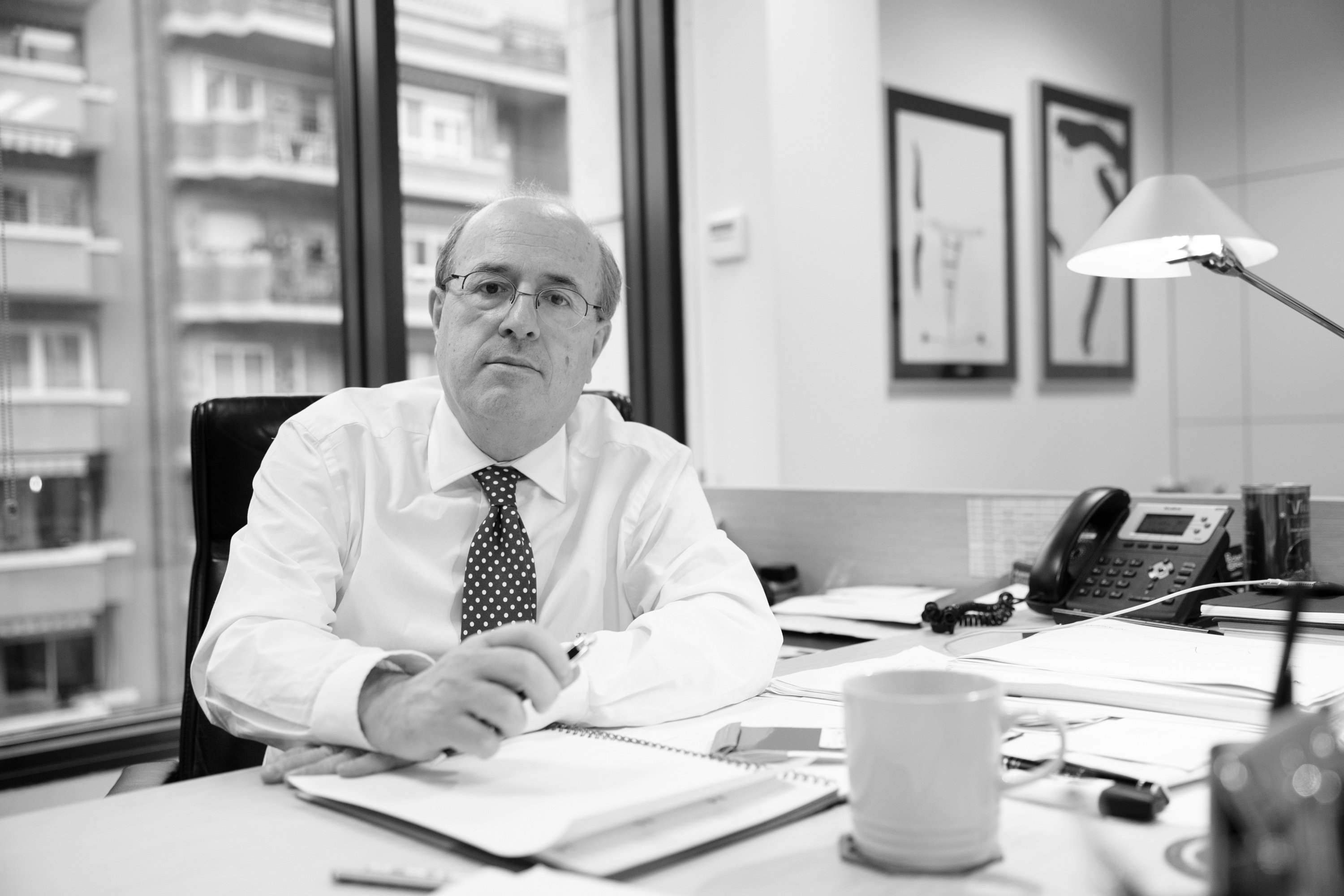The Catalonia that emerged as an unstoppable and majority citizen movement in 2012 is once again dominating the political scene. This should be the first conclusion of Friday's impressive civic mobilization of the pro-independence Catalonia - of course there were non-independentists too, but let's be very clear about this: it was very noticeable that the transversality did not go that far - as a protest against the harsh and unjust convictions of their nine imprisoned political leaders who are currently in the prisons of Lledoners, Puig de les Basses and Mas d'Enric. The independence movement, divided and fractured at its apex, with a leadership in Catalonia that is questioned, finds in its broad base - and here, indeed, it is very transversal - the exact response required, which overwhelmed the office-holders this 18th October. Let no one be mistaken about this, either in Barcelona or Madrid: the independence movement will not return to the political doctrine of Spanish autonomous regions. Both capitals have a problem that the justice system and repression will not fix, however harshly they might try. Nor will the use of article 155, the National Security Law or any other drastic measure that will only add pain, hardening and confrontation. They need to sit down at a table and negotiate. There is no other way.
Those who dreamed of having the independence movement mollified and gagged, kept away from any aspiration after the suppression of Catalan autonomy and a period dominated by confusion, are now required to change their reading. Time will not make them right. The march to Barcelona of the five columns for freedom which left last Wednesday from Girona, Berga, Vic, Tarragona and Tàrrega and which travelled about a hundred kilometres each from north to south, from south to north and from west to east, crossing a good part of Catalonia, has exceeded any predictions. The march of the students also did so, as did the paralysis of universities, which in practice lasted the whole week. The symbolism of the entry of tens of thousands of people down the Diagonal demanding to be able to exercise the right to self-determination and calling for democracy on the eightieth anniversary of the entry of Franco's troops along the same avenue is nothing less than a paradigm shift in historical memory.
Shops, factories, transport, schools, universities, hospital centres, basic services, all in a great communion, very typical of a mature society like that of Catalonia, in a situation that perfectly emulated the stoppage of October 3rd, two years ago, after the repression of the referendum. The centre of Barcelona, again totally overwhelmed, by 525,000 people, according to the Guardia Urbana. And this despite the fact that the protest against the sentence was not officially Friday's rally, but rather is to be held next Saturday, the 26th.
We will have to pay close attention to how Quim Torra's Catalan government and the pro-independence parties read, on the one hand, the multitudinous mobilizations, and as well, the words of the civil groups. ANC president Elisenda Paluzie has called for the political parties to prepare to make a unilateral declaration of independence and not to find excuses to delay it; the Òmnium president, Jordi Cuixart, sent a handwritten letter from jail in which he emphasized that "no rest is possible until liberty is won", which is an invitation to continue peaceful disobedience.
Although it is nothing new for the independence movement to have once again shown an organizational strength that is incomparable with any other political movement - and which even made the Comuns rush in to join a rally from which they were officially absent - the response has been unexpectedly powerful. It seems quite evident that there has been an inundation of popular support, something which there were doubts about, but which we could already intuit, for example, after the astounding mobilization, on the very day of the court sentences, from downtown Barcelona to El Prat airport. A very intelligent approach will be needed so that the precisely correct moves are made in the next weeks and months now that, once again, the clock that stopped on 27th October, 2017 has surprised many people by starting to tick again, without anyone knowing for sure whether it is sufficiently wound up to carry on for long.

